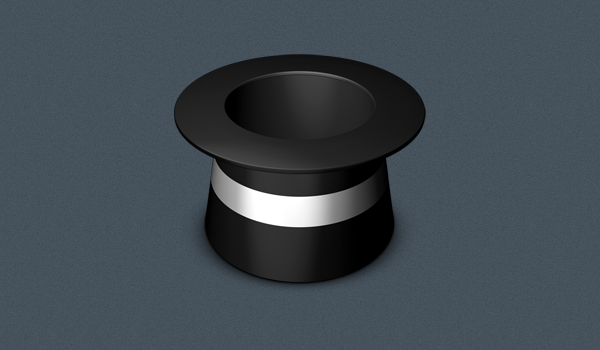Cord blood banking can help protect your family's health. Today, stem cells are being used to treat nearly 70 diseases, tomorrow countless more.
Cord blood banking can help protect your family's health. Today, stem cells are being used to treat nearly 70 diseases, tomorrow countless more.

UNRANKED
CURRENT SCORE
less stats more stats2.30
Rank (best ever) 1
Score (all time) 3479.00
Created 05/21/08
Views 3323
Votes 9
view list history
1
Current Uses
Doctors have been using cord blood in lifesaving treatments since 1988. Now, there are currently 70 diseases that can be treated with cord blood stem cells. Most notably these are Leukemia, Lymphomas, other cancers, Immune System Disorders, Blood Anemias and other blood disorders. You can view the entire list at: https://www.cordblood.com/cord_blood_banking_with_cbr/banking/diseases_treated.asp
2
Future Uses
Doctors are developing stem cell treatments for heart disease, juvenile diabetes, brain injury, and more. 15 years ago, when the technology was first being developed, there were only 10 diseases being treated, so the advancement has been very rapid.
3
Gaurenteed Match
The baby is a guaranteed match for their own stem cells. There is no certainty that another source of stem cells will be available, and using stem cells from the baby themselves doubles the likelihood of survival compared with using stem cells from an unrelated donor.
4
Easier To Match
Bone marrow is difficult to match between the donor and recipient because a "perfect match" is usually required. Cord blood immune cells, however, are less mature than in bone marrow and can be successfully used even when there is only a half-match. This means there is more opportunity for transplants between family members when cord blood is stored. Some studies have shown that overall survival rates for related transplants are more than double that of transplants from unrelated donors.
5
Other Family Members
Potentially other family members can also use the stem cells, including the mother and siblings. Whether or not you can use the stem cells is based something called HLA matching. It has been shown that cord blood transplants are successful, even when only three of the six loci match. With cord blood, the immune cells are less mature than those in bone marrow, and therefore siblings are twice as likely to be able to use each other's cord blood, compared to bone marrow.
6
Immediate Availability
Banking cord blood ensures that these stem cells can be immediately available if they are needed for treatment. Early treatment of many illnesses can minimize disease progression. According to researchers at Duke University, cord blood transplants could provide possible survival that is unlikely with the more time consuming process of unrelated marrow .
7
Vincent Will Keep Calling
The quickest way to get me to stop calling is to sign up in the program.
8
Peace Of Mind
Your baby's umbilical cord blood is rich in lifesaving stem cells that could protect your baby or other family members. Having access to your own family's cord blood has been shown to significantly improve outcomes compared to using cord blood from an unrelated donor. Although we hope your family will never have to use the stem cells, it’s good to know that you have them saved.
9
Family History
Although many of the treatable diseases are brought about environmental factors, if you have a family history of any diseases currently being treated or emerging treatable diseases, it is very important to consider saving the stem cells. The current research indicates the likelihood of use of the stem cells for the family in the child’s lifetime is about 1 in 200, and this is only based on the current uses of the stem cells. If your family has a history of these diseases, you have a higher risk of developing them.
10
Less GVHD
Overall, patients who receive cord blood transplants from a relative experience significantly less Graft vs. Host Disease (GVHD), a transplant rejection that is the leading cause of death in stem cell transplant patients. According to one study, the three-year cumulative incidence of chronic GVHD was 6% for matched siblings who received cord blood transplants versus 15% for matched siblings who received bone marrow transplants.
Not watching this list (get updates on this list).
(all people watching this list)
MORE LISTS


Top Ten Fastest Super computers

RECOMMENDED LISTS


COMMENTS







 ).
).
